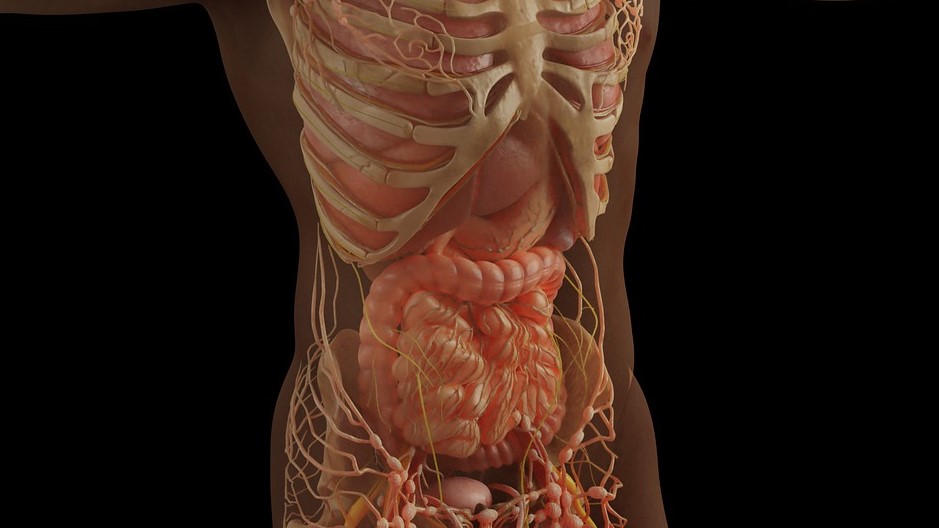Does Giving Lifestyle Advice Really Work?

Healthcare professionals are increasingly giving advice to patients on how to improve their health, but there is often a lack of scientific evidence if this advice is actually beneficial. This is according to a study from the University of Gothenburg, which also guides towards more effective recommendations.
The researchers do not criticise the content of the advice – after all, it is good if people lose weight, stop smoking, eat a better diet or exercise more. But there is no evidence that patients actually do change their lifestyle after receiving this advice from healthcare professionals.
“There is often a lack of research showing that counselling patients is effective. It is likely that the advice rarely actually helps people,” says study lead author Minna Johansson, Associate Professor at Sahlgrenska Academy at the University of Gothenburg and General Practitioner at Herrestad’s Healthcare Center in Uddevalla.
Few pieces of advice are well-founded
The study, published in the Annals of Internal Medicine, was conducted by an international team of researchers. They have previously analysed medical recommendations from the National Institute for Health and Care Excellence (NICE) in the UK. This organisation is behind 379 recommendations of advice and interventions that healthcare professionals should give to patients, with the aim of changing their lifestyle.
In only 3% of cases there were scientific studies showing that the advice has positive effects in practice. A further 13% of this advice had some evidence, but with low certainty. The researchers also reviewed additional guidelines from other influential institutions around the world and found that these often overestimate the positive impact of the advice and rarely take disadvantages into account.
“Trying to improve public health by giving lifestyle advice to one person at a time is both expensive and ineffective. Resources would probably be better spent on community-based interventions that make it easier for all of us to live healthy lives,” says Minna Johansson, who also believes the advice could increase stigmatisation for people with, eg, obesity.
Showing the way forward
Today’s healthcare professionals would not be able to give all the advice recommended while maintaining other care. The researchers’ calculations show that in the UK, for example, five times as many nurses would need to be hired, compared to current levels, to cope with the task.
The study also presents a new guideline to help policy makers and guideline authors consider the pros and cons of the intervention in a structured way before deciding whether or not to recommend it.
Victor Montori, Professor of Medicine at the Mayo Clinic in the United States is a co-author of the study:
“The guideline consists of a number of key questions, which show how to adequately evaluate the likelihood that the lifestyle intervention will lead to positive effects or not,” says Victor Montori.
Source: University of Gothenburg










